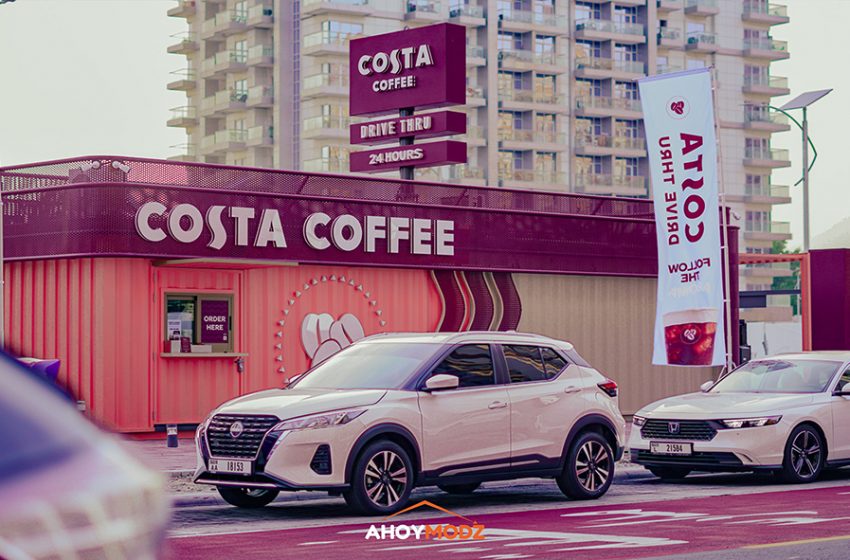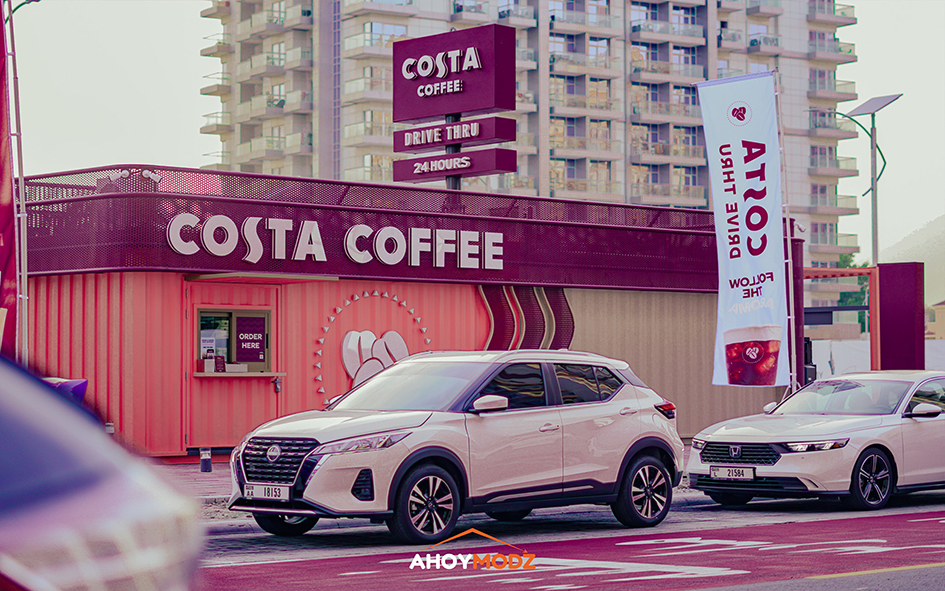How hospitality brands are using modularity to test concepts, reduce costs, and adapt faster to market trends

The hospitality industry has always been shaped by design, location, and service. But in today’s fast-moving world, where consumer preferences evolve overnight and operational costs are rising, one more factor is driving change: modularity. At the intersection of design thinking, rapid construction, and sustainable delivery, modular construction has quietly become the go-to strategy for hospitality brands looking to test new concepts, expand quickly, and stay nimble in unpredictable markets. Offering unprecedented flexibility, speed, and cost-efficiency, modular construction is no longer a niche experiment but a foundational approach for forward-looking hospitality brands.
A Smart Way to Experiment

Modular hospitality isn’t just about building fast—it’s about building smarter. Hospitality brands are increasingly turning to modular spaces as low-risk, high-agility pilots. By enabling rapid prototyping and scalable rollout of new formats, be it boutique cabins, pop-up cafés, or seasonal resorts, brands can now test ideas in real-world settings without the burden of permanence. Instead of committing to permanent brick-and-mortar, brands can start small, then scale up if the idea sticks. And the build process supports this agility: 60–70% of the construction happens off-site in a factory using Light Gauge Steel (LGS) and shipping containers. As a result, it could lead to Faster timelines, fewer construction delays, and minimal disruption to existing operations.
Why Modularity Makes Financial Sense
Beyond speed, the cost advantages are clear. Compared to conventional methods, modular construction is significantly more cost-effective. Because the structures are built in a controlled environment, there’s less material waste, lower labor costs, and better quality assurance. Once the pre-fab units are transported to the site, they’re assembled in days, not months. That time saved is money saved—especially in hospitality, where every day a room sits empty means lost revenue. It’s also ideal for renovations or add-ons. Modular units can be installed adjacent to ongoing operations, without shutting the whole property down. For hospitality brands operating at full occupancy, this is game-changing.
Scaling, Sustainably
Modular spaces aren’t just quick and cost-efficient—they’re also green by design. Ahoymodz, for example, uses eco-conscious, recyclable materials and adheres to sustainable building practices at every stage. LGS, their core structural material, is lightweight, durable, and produces a smaller carbon footprint than traditional options. But what makes them stand out isn’t just the sustainability—it’s how sustainability meets scalability. Whether it’s a high-end resort, a quick-service restaurant (QSR), or a compact wellness retreat, the model adapts effortlessly. The structures are portable, reusable, and future-proofed for relocation, redesign, or repurposing. Projects such as the Costa Coffee multi-container drive-through and KFC’s cutting-edge 40 ft mobile kitchen—both brought to life by AHOYmodz—demonstrate the incredible results that happen when bold ideas are matched with world-class execution.
Design That Doesn’t Compromise
A common misconception is that modular builds lack aesthetic appeal or design variety. In practice, today’s modular solutions are highly customizable and design-forward. Modern modular systems incorporate everything from premium finishes and smart technology to renewable energy integration. Whether constructing floating villas or urban dining units, hospitality operators can preserve brand identity and guest experience while enjoying the benefits of rapid deployment and modular flexibility. Companies that offer end-to-end solutions—from concept to delivery—ensure that design integrity is maintained across all locations, supporting brand consistency and operational excellence.
From Temporary to Transformational

While modular construction was once viewed as a temporary or experimental fix, it is now a key driver of long-term growth and innovation. Brands are using this approach not only to enter new markets swiftly but also to rejuvenate legacy assets and accommodate seasonal demand surges. The adaptability of modular systems makes them suitable for a variety of formats, including luxury resorts, urban micro-hotels, and remote destination escapes.
As hospitality operators look to the future, modularity offers a clear competitive edge. It enables faster go-to-market strategies, smarter capital deployment, and more resilient operations. In an environment where adaptability and innovation are critical, modular construction is redefining how hospitality spaces are imagined, built, and scaled. The industry is no longer asking if modular works—it is exploring how far this transformative model can go.

(All responses are to be attributed to Joe Joy Abraham, Co-Founder & Production Head AT AHOYmodz)

















